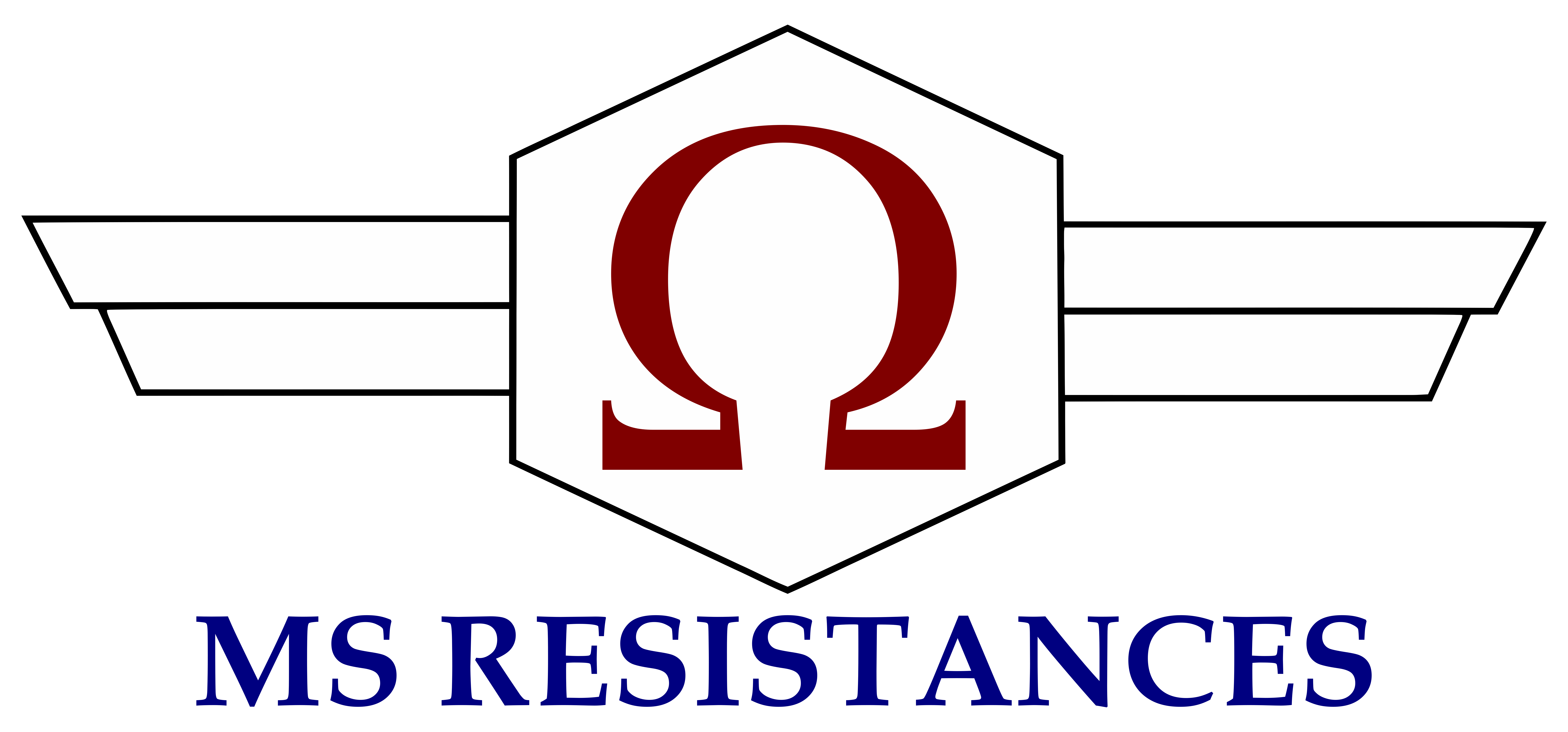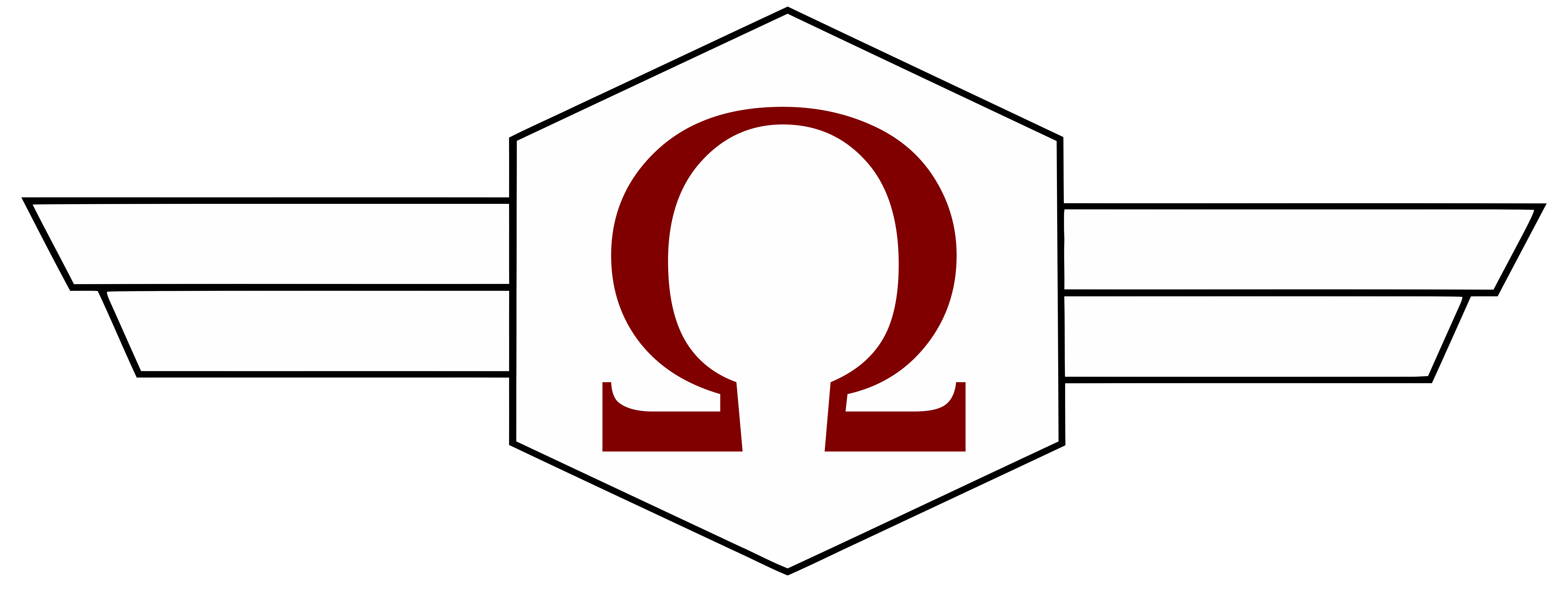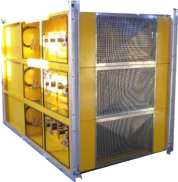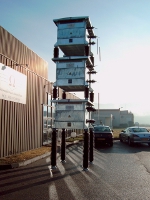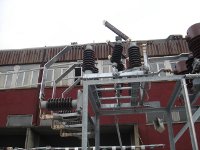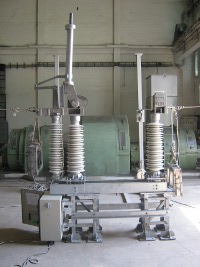- Neutral Grounding Resistors
- Filter Damping Resistors
- Load Banks
- Motor Control
- Marine Braking
- Discharge Resistors
- Pre-insertion Resistors
- Accessories
Neutral Grounding Resistors (NGR) or Neutral Earthing Resistors (NER) are designed to detect and limit fault currents within a three-phase power transformer or generator.
The resistor is connected between the neutral point of the symetrical three-phase windings and the ground.
Associated to measuring apparatus, it will allow detection and control of defaults.
Neutral grounding resistors are defined through 3 main parameters :
- Network voltage (Un) or rated voltage (Ur = Un / √3)
- Fault current (In)
- Rated fault duration
For more details, please take a look at grounding.
For your information, you can take a look at our Operation Manual for Installation, Commissioning and Maintenance.
Harmonic Filters are used to absorb harmonic currents in order to limit the distortion transmitted to the network. Get more information on filter circuits here. Harmonic filter resistors can be included in the circuit to adjust the quality factor of the filter.
Resistors have to sustain 3 critical parameters:
- Power (from one to several MW),
- BIL (basic impulse level),
- Ohmic value.
Harmonic filter resistors are used on HVDC, MSCDN, SVC, STATCOM.
Load Banks simulate an electric load.
They are used in a variety of applications, including:
- Factory Test of Diesel Generator Sets,
- Reduction of Wet Stacking Problems,
- Periodic exercising of Stand-by Generator Sets,
- UPS and Batteries Test,
- Load Optimization in Prime Power Applications,
- Factory Tests of Turbines,
- ...
The most common 3 types of Load Banks are :
- Resistive
- Reactive
- Capacitive
We are able to supply:
- natural or forced cooled Load Banks
- with or without a control cabinet
The Load Banks can be controlled manually through push buttons or through HMI that can provide instant analysis of the power dissipated.
If needed, the output measurements can be exported.
When starting, an electrical motor has a huge current demand.
Inserting a resistor in the circuit (on stator side for squirrel cage motors and on rotor side for ring type motors) will help reduce current appeal, control torque level and pilot starting phase duration.
Parameters that will be used for these resistors are:
- Stator or rotor electrical data,
- Motor power,
- Number of starting or braking steps,
- Rated starting torque,
- Starting or braking duration,
- Starting or braking motor load or inertia
When braking or stopping a vessel using electrical propulsion, the kinetic energy needs to be dissipated. The simplest way is to dissipate this energy into a resistor.
The Resistor that is installed in the engine room of the ship can be equipped with a water-cooler that will reduce the temperature of the air. These water-coolers can operate with filtered or sea water.
Discharge Resistors are used for the discharge of various network elements. Similarly to pre-insertion resistors, they are characterized by a high energy absorption capacity.
Discharge Resistors are designed as per your requirements.
Pre-insertion Resistors are used to limit transients during circuit energization. They are characterized by a high resistance value and a high thermal mass which allows for a high amount of energy to be absorbed.
Pre-insertion Resistors are designed as per your requirements.
To satisfy a growing demand, we are now offering in our catalogues a wide range of accessories related with our main activity.
- Current transformers: from low voltage up to 36 kV
- wirewound or ring type
- indoor or outdoor
- single or multiple cores
- ratio, accuracy and burden on demand
- Voltage transformers: from low voltage up to 36 kV
- wirewound or ring type
- indoor or outdoor
- single or multiple cores
- ratio, accuracy and burden on demand
- Off-Load Disconnectors: up to 36 kV (On-Load on demand)
- Manual or Motor Operated
- Various Rated Currents and Short-Circuit Currents
- Surge arrestors
- 10 kA rated (other values on demand)
